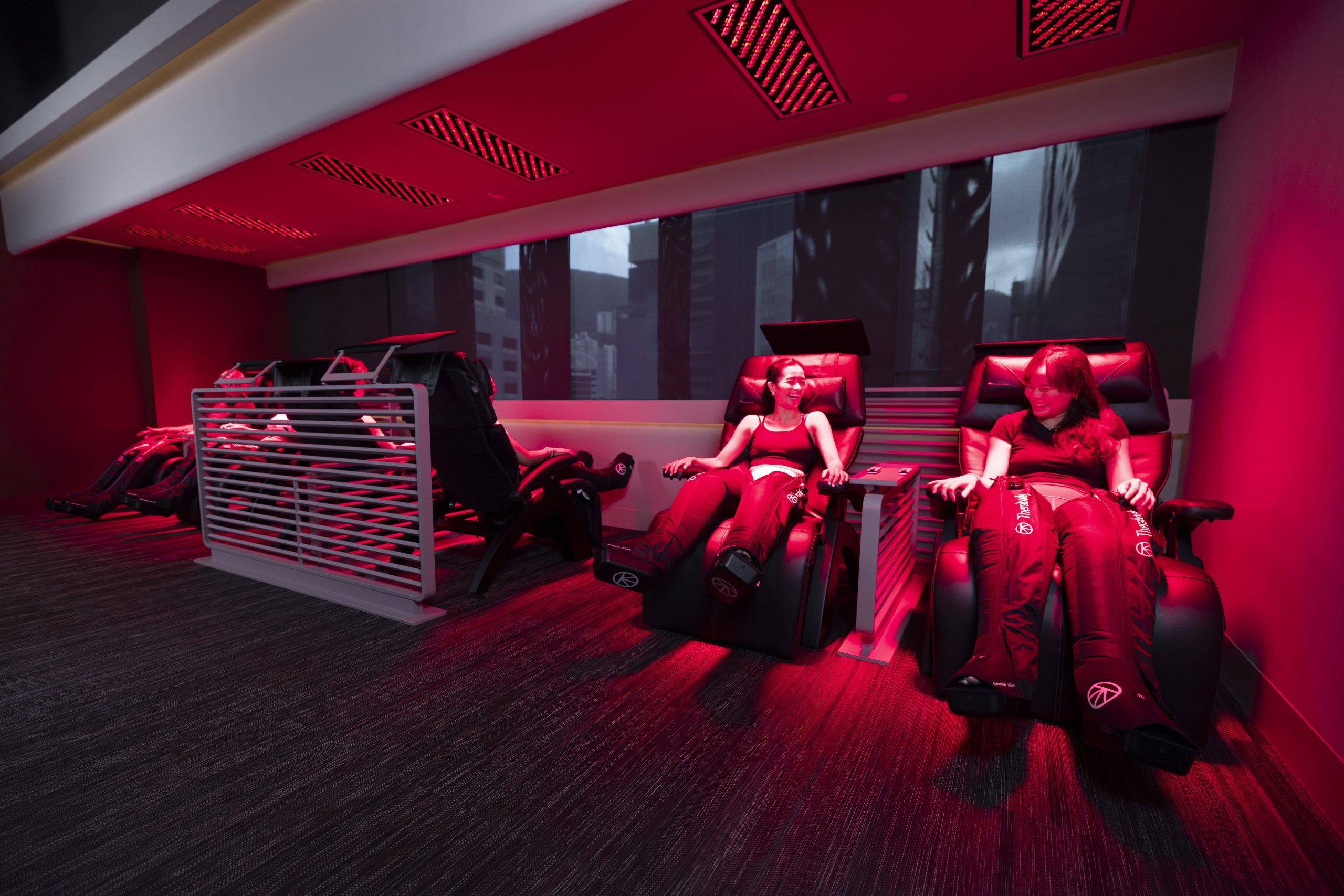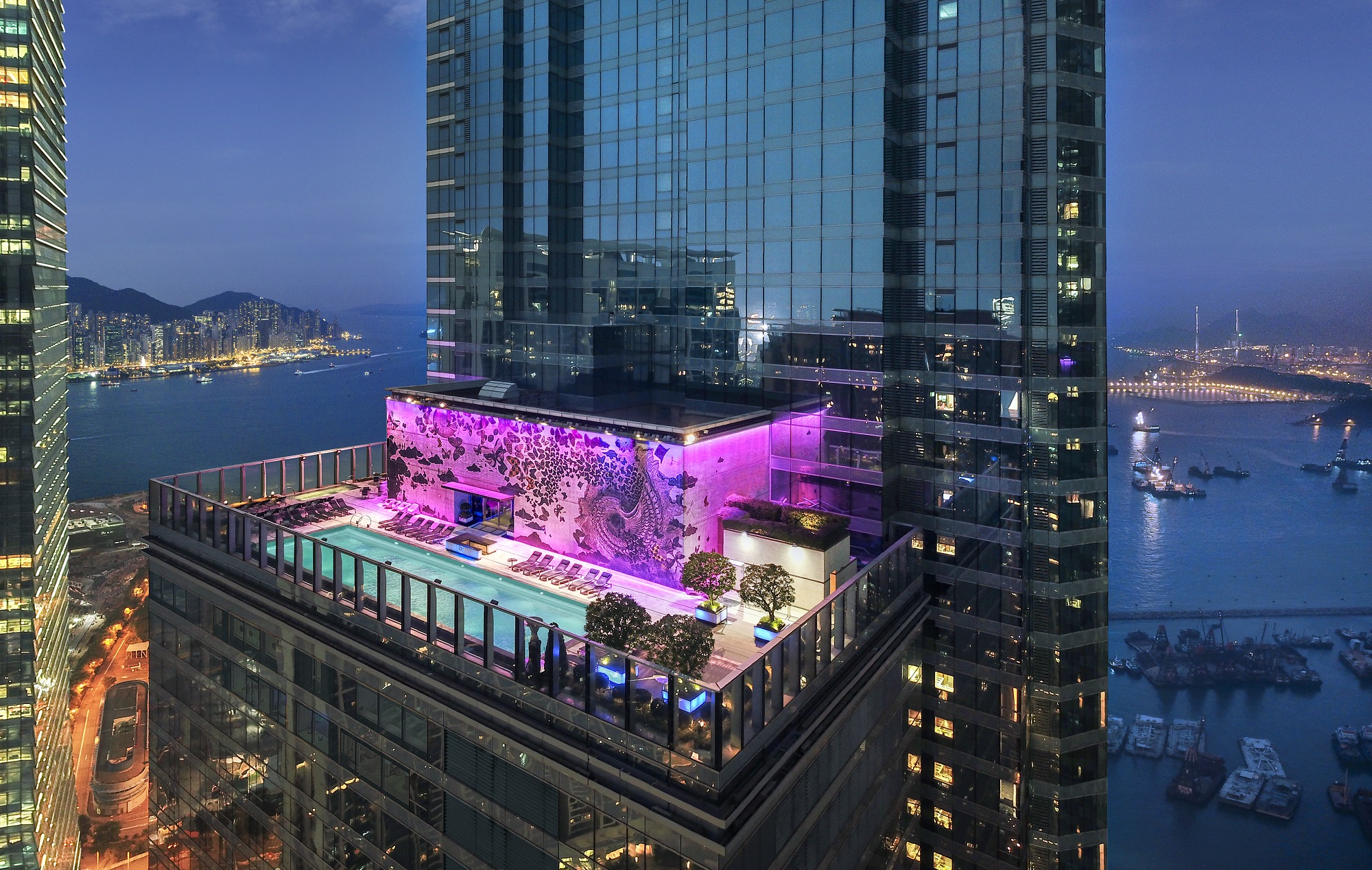Hotel Toranomon Hills is the perfect counterpoint to its skyscraper-packed Tokyo setting, with its thoughtfully designed Japanese-meets-Scandinavian interiors inviting relaxation, reflection and a chance for the modern traveller to recharge. Stephenie Gee reports
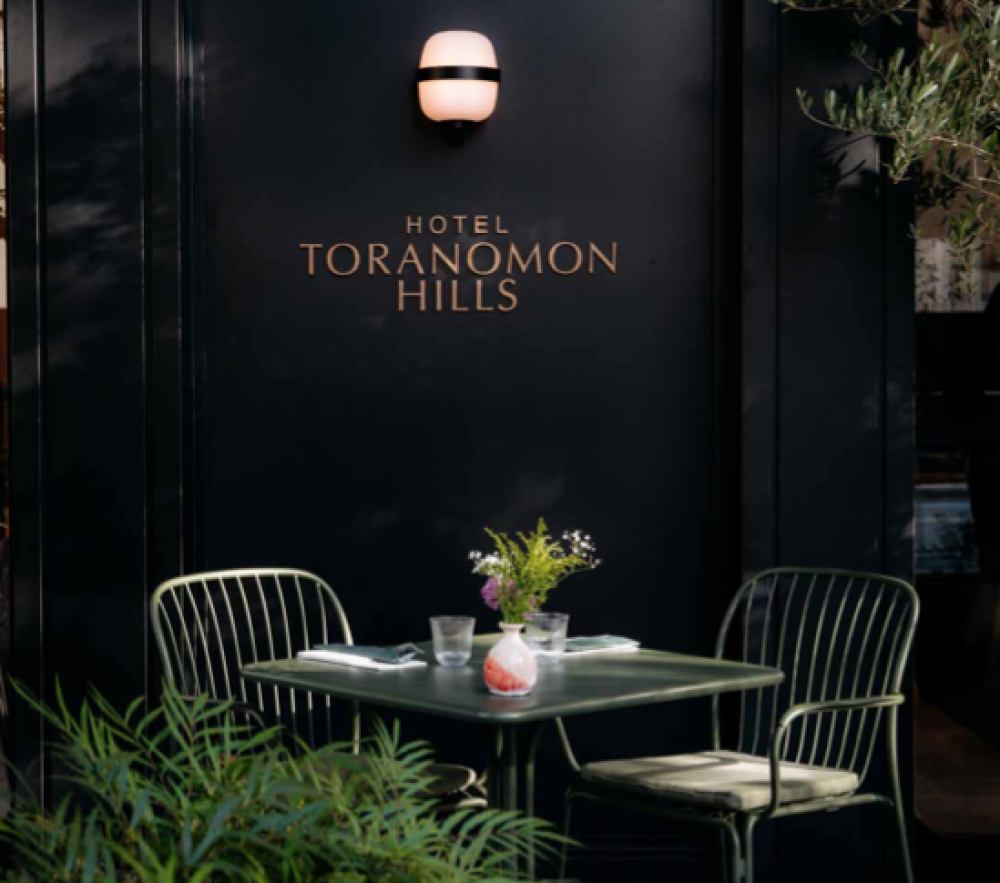
Toranomon – meaning “tiger gate”, the name of a former crossing point into Edo Castle built in the 17th century by the Tokugawa family in what is now central Tokyo – is a charming, if unlikely, tourist destination. Until very recently, the area was regarded as a bland business hub for global financial institutions. But thanks to an exciting mix of new offerings from restaurants to luxury properties, the district has undergone a surprising metamorphosis into a lively locale that keeps the party going well past business hours.
Opened in December 2023, Hotel Toranomon Hills is the one of the latest additions to Toranomon’s new guard of stays. Besides being Hyatt’s first Tokyo outpost of The Unbound Collection, it’s the hospitality brand’s second property within Toranomon Hills – a full-fledged international hub and global business centre – joining Andaz Tokyo Toranomon Hills in nearby Mori Tower. So, naturally, the space was designed with the business traveller in mind. But that shouldn’t deter vacationers because Hotel Toranomon Hills is about as far removed from your typical business hotel as it gets.
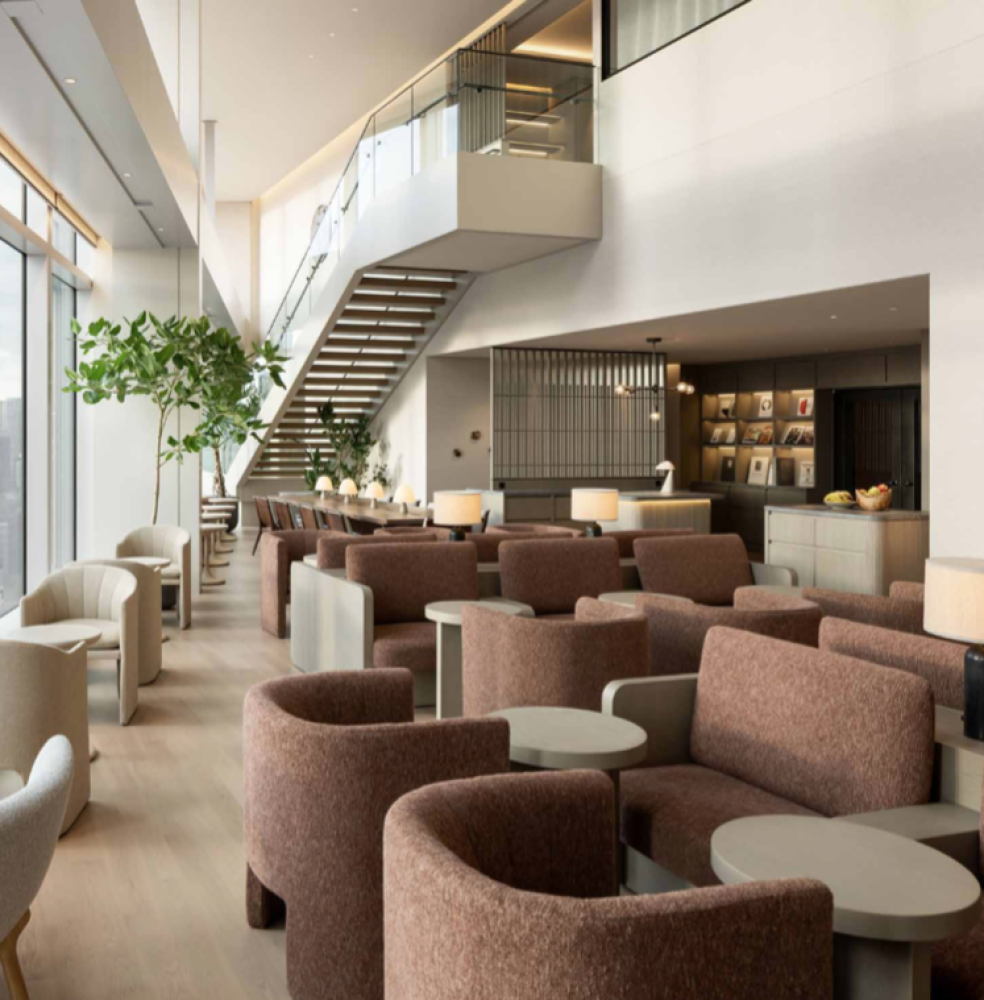
From the outside, Hotel Toranomon Hills appears relatively subdued. Occupying the ground floor plus the 11th to 14th levels of Toranomon Hills Station Tower, the hotel is accessible from a quiet corner, almost unmarked and easily missed. Through its sliding doors, the artful balance of opulence and minimalism that defines its interiors is revealed. The design, courtesy of Space Copenhagen, is underpinned by a sensitivity to the intuitively shared aesthetic values of Japan and Denmark, combined with a desire to create a cosmopolitan space unfettered by formality, offering an escapist recharge from its urban setting. Beneath five-metre-high ceilings, the lobby, or rather multipurpose living room, is home to the reception and concierge, but also a lively open- plan café, bar and deli, with curved counter edges, soft matte grey leather banquettes and, casting a playful scattering of light, art collective Rotganzen’s melted disco ball artworks on the wall. It feels quiet, soft and contemplative.
Even more so upstairs. Corridors flow with light carpets and walls of softly burnt red evoking a matte take on Japanese red lacquer. Amounting to a total of 205, starting from 27 and going up to 160 square metres, the rooms are compact but functional with city views, some even overlooking Tokyo Tower. Every detail is there for a reason. In many, mine included, the vanity sink is moved out of the bathroom and set just outside on the long wooden desk lining the length of the wall to maximise the bedroom space. The sleek filtered water faucet beside it reflects Hyatt’s drive for sustainability. As do the Nemohamo bath amenities in refillable bottles, all organically cultivated using plants and raw materials high in vitamins and minerals. Top marks for the water pressure in the Dornbracht rainfall showers and the Magnet hair dryer, too.
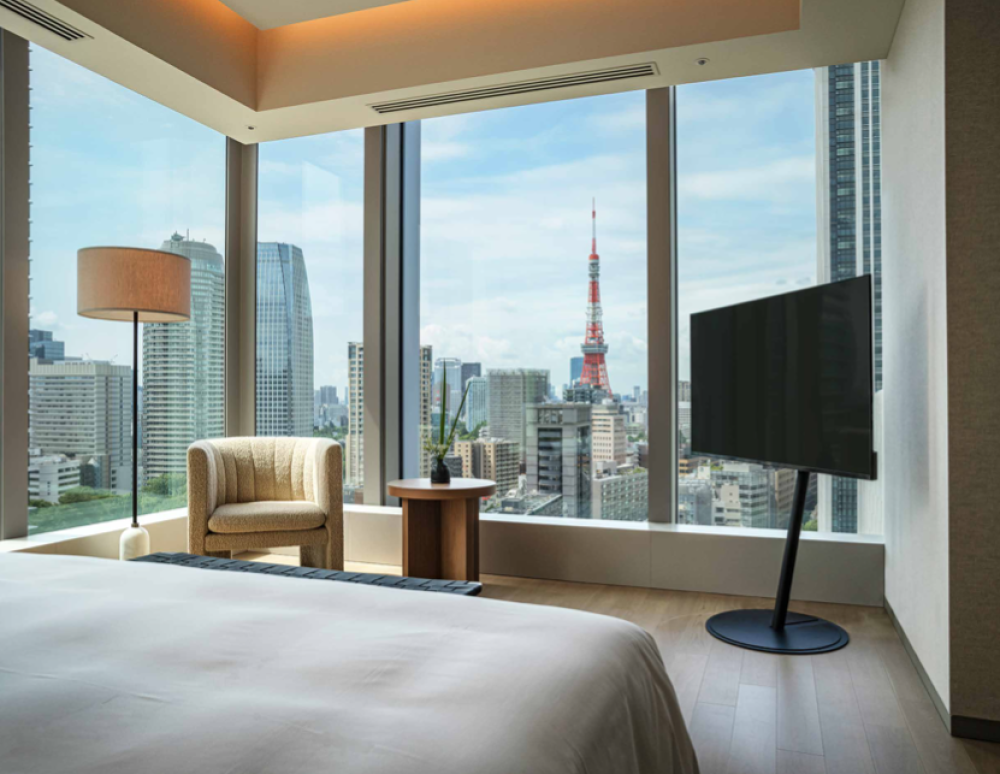
The rest of the décor is pared back without feeling overly spartan. For example, Stellar Works’ Slow Dining Chairs in walnut wood and black leather upholstery, the washi-like fibreglass bedside lamps, the cushy orange window-side daybed and, mounted on the wall above, Dutch artist and designer Sabine Marcelis’ reflective artwork in a contrasting blue. The restrained atmosphere of the guest rooms was a deliberate choice by the designers, who wanted to emphasise the contrast between the hotel and the hustle and bustle of the roads outside. Housekeeping is daily and thorough, though there is no turndown service as of yet. I suggest upgrading from the entry-level offering to the more premium ones – it’s worth the extra spend to indulge in a little more space, better views and a few extra Scandi-style flourishes.
Also see: Grand Hyatt Tokyo teams up with Pokémon Sleep on wellness packages and menus
There’s no spa or pool to speak of, but guests have access to a two-storey lounge on the 11th floor. Serving as the social heart of the hotel, it’s a thoughtful touch that caters to the needs of the modern traveller who seek seamless connectivity and are inspired by meaningful encounters. The multifunctional space is stocked with complimentary refreshments and equipped with a lofty six-metre ceiling, dramatic views of the Tokyo’s cityscape, co-working stations for brainstorming and social gatherings, meeting rooms, resting areas and shower facilities for those who arrive too early for check-in or have late departing flights. On the top floor, two duplex suites featuring soaring windows, a kitchen- equipped living-dining area on the first floor, and a second-floor sanctuary comprising a serene bedroom, spacious walk-in closet and a lavishly appointed bathroom can be configured to fit diverse occasions from private stays to business use.

Service at the hotel is relaxed and unfussy, even in the ritzier environs of its flagship restaurant Le Pristine Tokyo, which marks the Asian debut of Michelin-starred Dutch chef-entrepreneur Sergio Herman, whose original Le Pristine opened in 2020 in Antwerp, Belgium. As a nod to Herman’s roots, the menu features thoughtfully sourced produce from Zeeland in the Netherlands (the largest farming region in the country known for producing some of Europe’s most succulent crustaceans) and seasonal Japanese ingredients with a contemporary flair. The pizzette, layered with bluefin tuna, wasabi, cucumber and stracciatella, and flavoured with Tomasu soy sauce, is highly satisfying. Herman’s signature Orecchiette Zéelandaise is a treasure trove of shellfish and crustaceous delights, mixed with homemade orecchiette pasta and ‘nduja from Hokkaido. Sweet, savoury and slightly acidic notes come together beautifully in the crudo dish, made with local Botan shrimp and avocado, and topped with a generous portion of crème crue and Imperial caviar. The Japanese sansho pepper is a unique twist to an ordinary strawberry yuzu dessert. Really, though, every course is a banger and if those curious peeks through the window are anything to go by, it looks set to become a new neighbourhood favourite.

Which, one imagines, is exactly what Hyatt intended. Its emphasis is firmly on weaving this new stay, however high-design it may be, into the fabric of its locale. Located on the B2 level of the Station Tower, the bakery Beaver Bread Brothers, a branch of the original Beaver Bread in Higashi-Nihonbashi by chef Kenichi Warita, supplies the hotel’s bread. The rice crackers, or okaki, in the minibars are from the nearby Kiya, made with organic rice, soy sauce and soybean oil. Even the gin is craft gin by Toranomon Distillery, an izakaya-cum-gin distillery nestled in the Toranomon Yokocho food court in next door’s Toranomon Hills Business Tower.
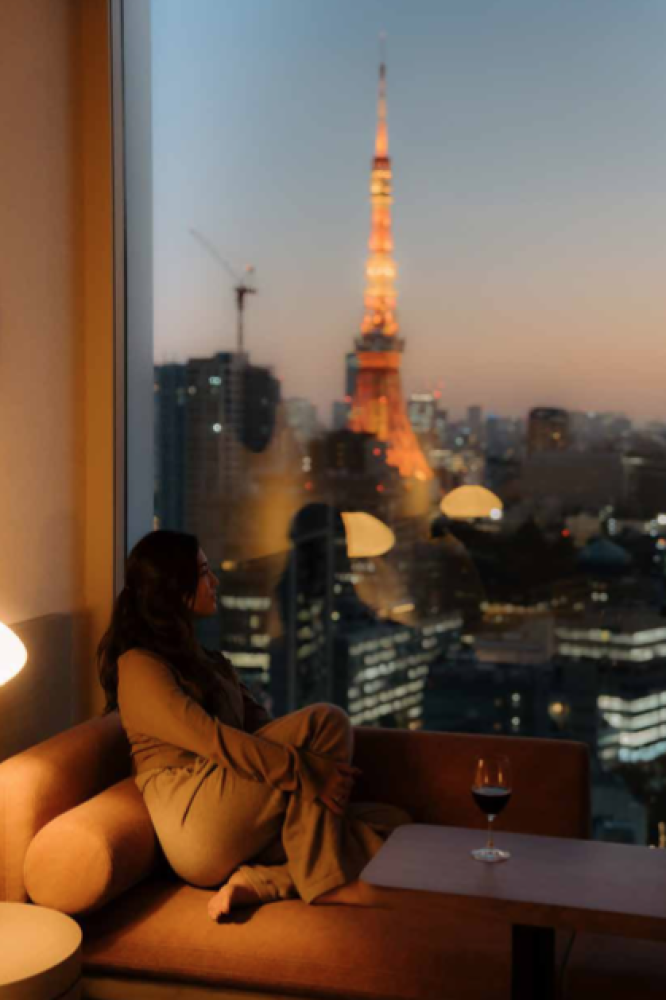
Of course, conveniently positioned between Roppongi and Ginza, you’re within walking or driving distance of plenty of the city’s must-visits. Easy access to two major subway lines also means easy transit to anywhere. But, if you’re anything like me, you’ll likely find yourself content staying closer to home. On the top floors of the building, Tokyo Node is an interesting stop for the art-inclined, a hub of creativity encompassing some 10,000 square metres with facilities like an event hall, galleries, restaurants and a rooftop garden. In the basement, the hip T-Market food hall houses a microbrewery and a whisky bar. A five-minute walk away and enveloped by the shadows of modern structures, Toranomon Kotohiragu Shrine is home to nearly 400 years of Shinto history that continues to live on today.
During my two nights at the hotel, I was happiest enjoying a bowl of traditional soba noodles at the century-old Toranomon Osakaya Sunaba; admiring the intricacy and craftsmanship of Japan’s traditional dress at Chojiya Kimono, one of Tokyo’s most prestigious kimono retailers since 1902; and ambling down the quaint backstreets. At Hotel Toranomon Hills, you get the sense that this is all very much the plan.
Also see: The Nyepi experience at Ayana Bali



